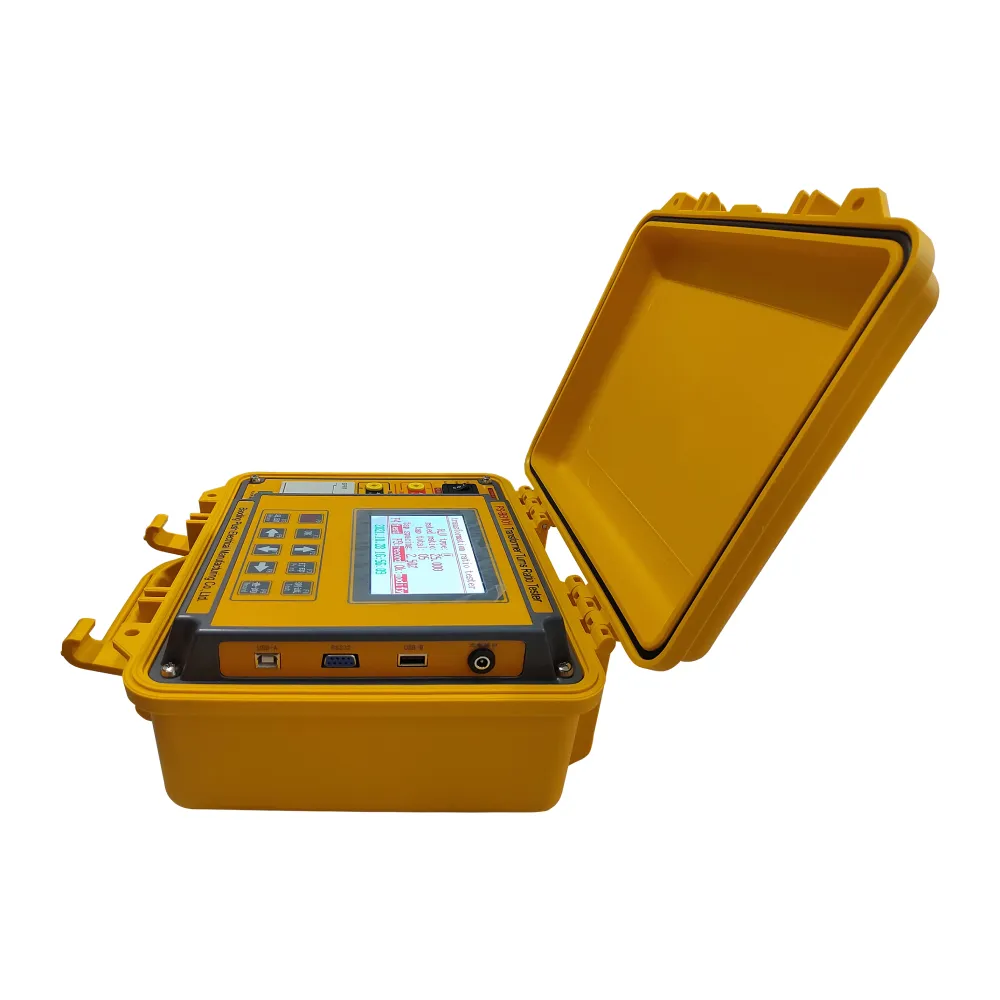 English
English


Examining the Impact of Current Transformer Saturation on Measurement Accuracy and Performance Standards
Understanding Current Transformer Saturation Testing
Current transformers (CTs) are vital components in electrical power systems, essential for measuring and monitoring current flow. Their ability to accurately transform high currents to manageable levels is crucial for protective relaying and metering applications. However, under certain conditions, current transformers can enter into a state of saturation, which can lead to significant errors in measurement and protection system failure. Therefore, conducting saturation tests is essential to ensure the reliability and accuracy of CTs.
What is CT Saturation?
Current transformer saturation occurs when the magnetic core of the transformer becomes fully magnetized, meaning it can no longer provide a proportional current output relative to the primary current. This situation typically arises during fault conditions, where the primary current exceeds the design limits of the transformer. When saturation occurs, the CT fails to accurately reflect the primary current, significantly skewing the protective relay operation and potentially leading to faults going undetected.
Importance of Saturation Testing
Saturation tests are crucial for several reasons. Firstly, they help in understanding the performance limits of the CT under different operational scenarios. By identifying the saturation point, engineers can ensure that the CT will operate effectively within specified current ranges, especially during fault conditions where high currents are prevalent.
Secondly, saturation testing aids in evaluating the stability and accuracy of the CT’s output. An incorrect output during high current events can lead to missed trips on protective relays, resulting in widespread outages or equipment damage. Thus, identifying the saturation curve helps in selecting the right CT for specific applications, ensuring systems remain reliable and efficient.
The Testing Process
current transformer saturation test

The process of testing for CT saturation generally involves injecting a known current into the primary winding of the CT while measuring the secondary output. The current is incrementally increased until the output begins to deviate from the expected linear relationship. Data is collected during this phase to establish the saturation curve, which denotes the relationship between primary and secondary currents.
Various methods can be employed for testing, including
1. Dynamic Testing Involves subjecting the CT to rapid changes in current to observe the response in real-time. 2. Voltage Tests Applying a controlled voltage across the primary to simulate various current levels. 3. Pull-Out Tests Involves gradually increasing the primary current until saturation is observed.
Analyzing Results
After completing the saturation test, the results are analyzed to determine the saturation point and the linearity of the CT response. The findings are often plotted on a graph to visualize the relationship between the primary and secondary currents, providing insight into the transformer’s performance characteristics. A well-defined saturation curve allows engineers to predict the behavior of the CT under fault conditions.
Conclusion
In summary, current transformer saturation tests play a pivotal role in ensuring the integrity and performance of electrical power systems. By proactively identifying the saturation points and understanding the operating limits of CTs, engineers can enhance the safety, reliability, and efficiency of protective relaying and measurement systems. As the demand for precise electrical measurement continues to grow, the importance of thorough current transformer saturation testing cannot be overstated. It is an essential practice that safeguards both the equipment and the systems they serve, allowing for the effective management of electrical power across various applications.
-
Differences between open cup flash point tester and closed cup flash point testerNewsOct.31,2024
-
The Reliable Load Tap ChangerNewsOct.23,2024
-
The Essential Guide to Hipot TestersNewsOct.23,2024
-
The Digital Insulation TesterNewsOct.23,2024
-
The Best Earth Loop Impedance Tester for SaleNewsOct.23,2024
-
Tan Delta Tester--The Essential Tool for Electrical Insulation TestingNewsOct.23,2024





